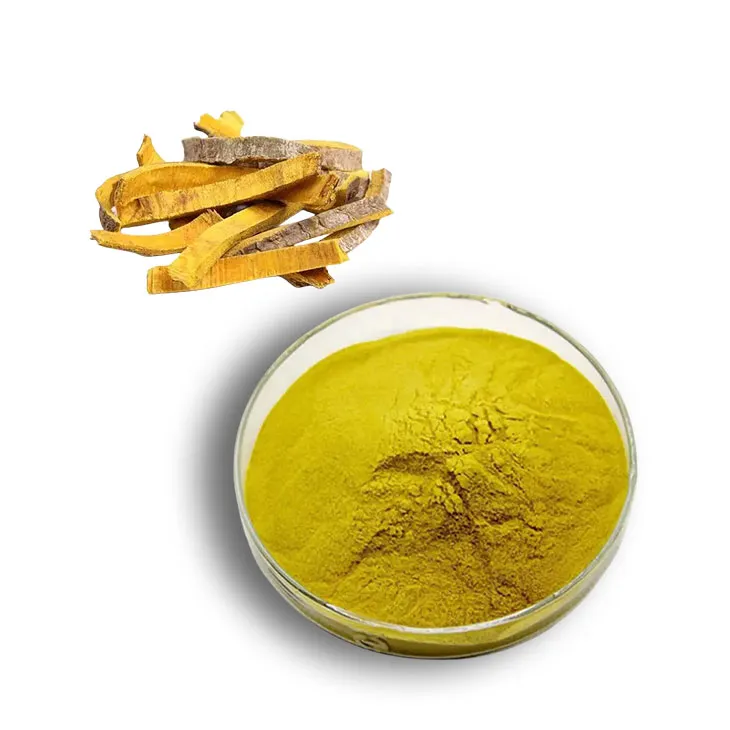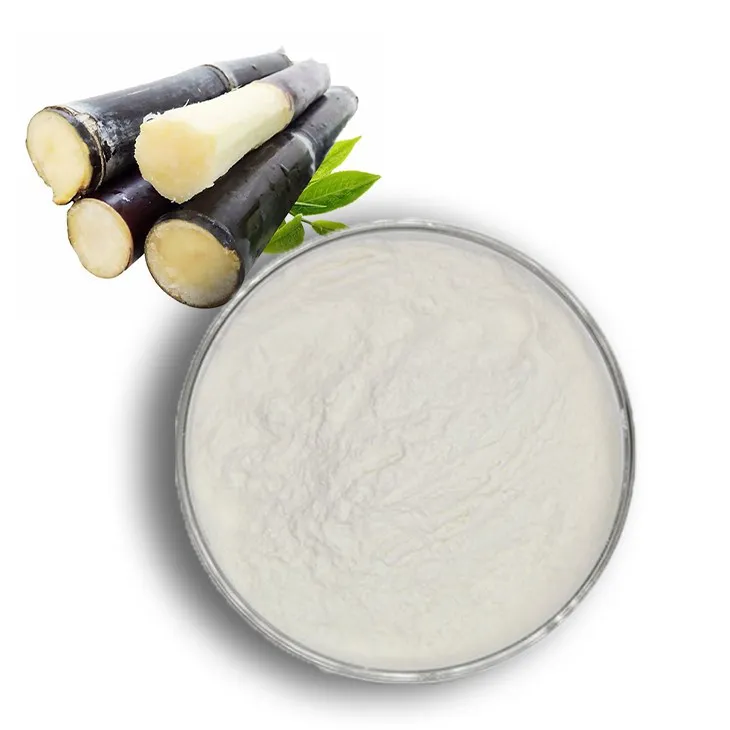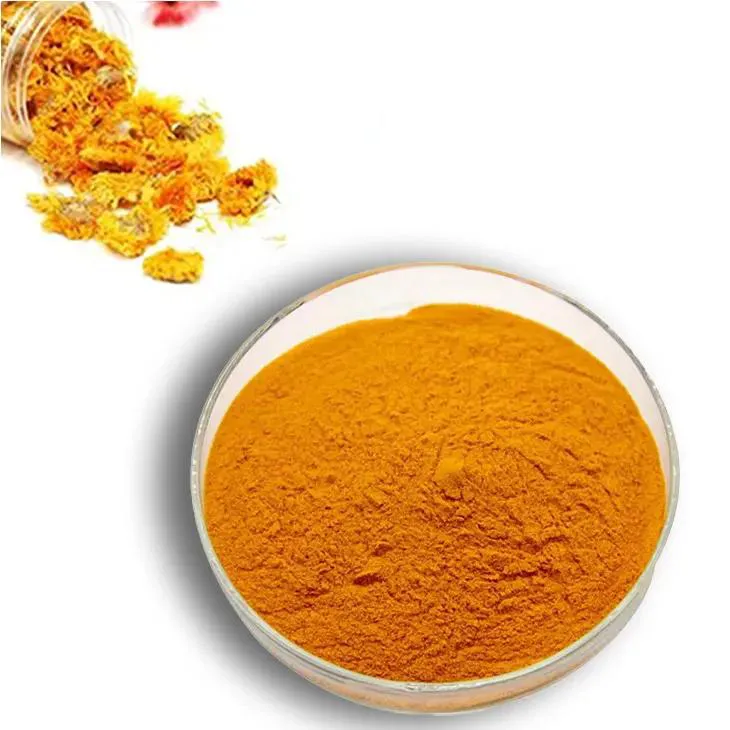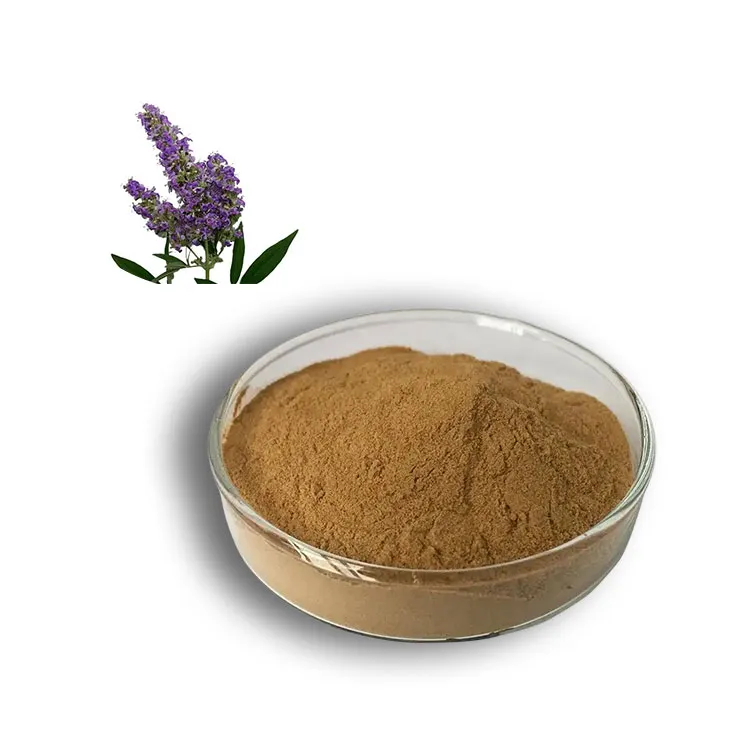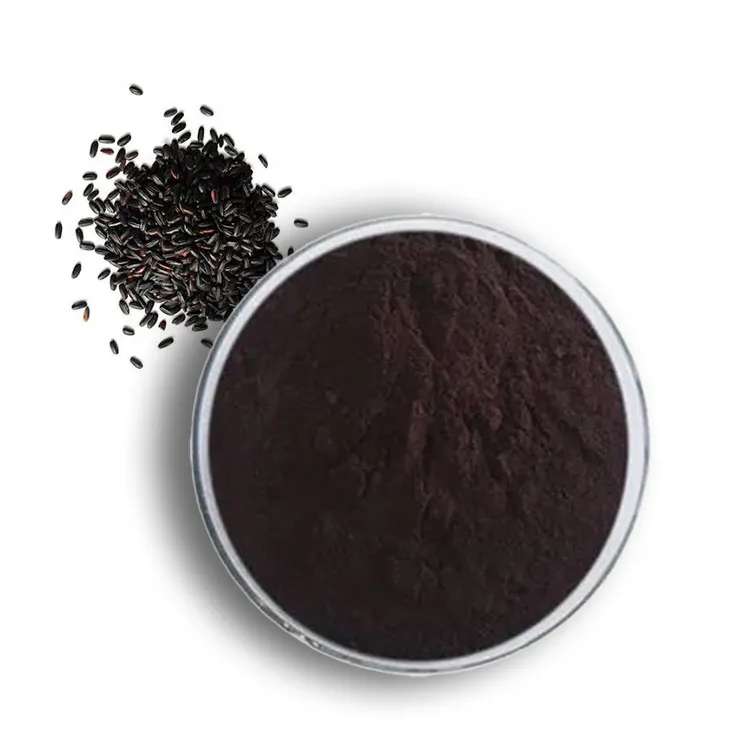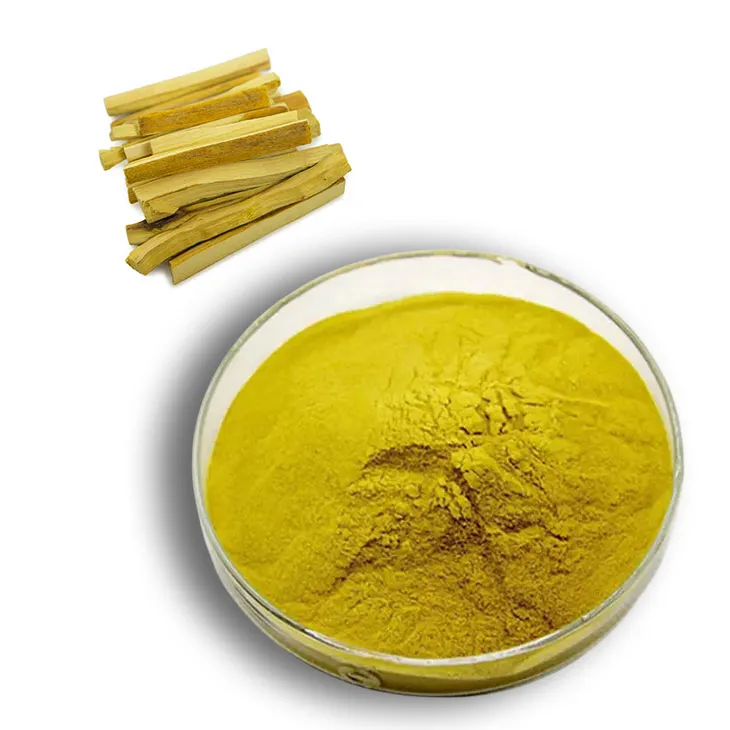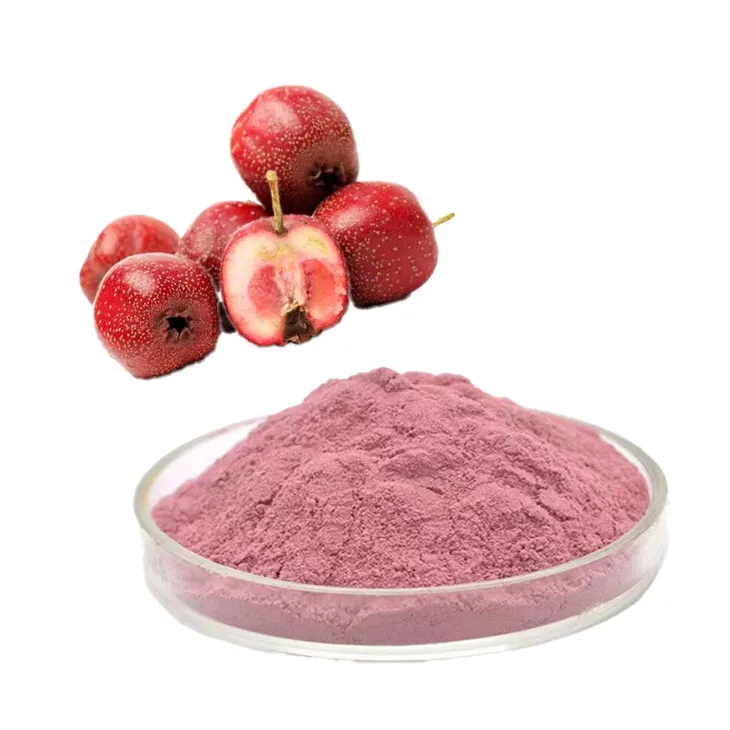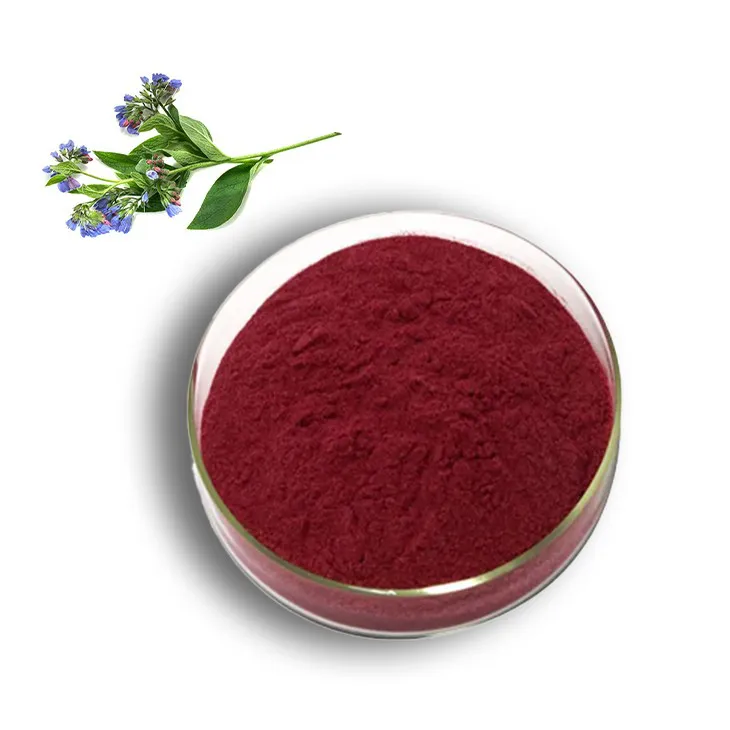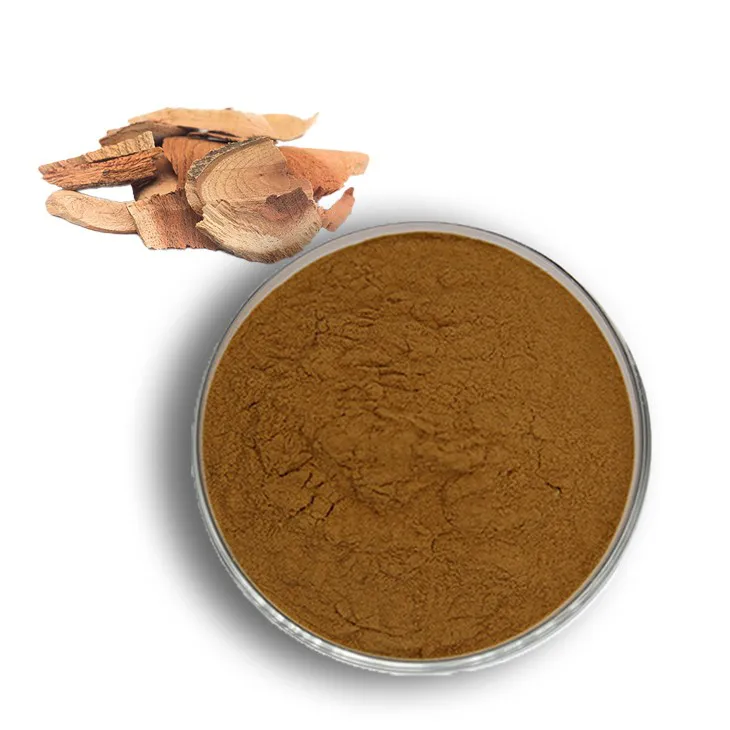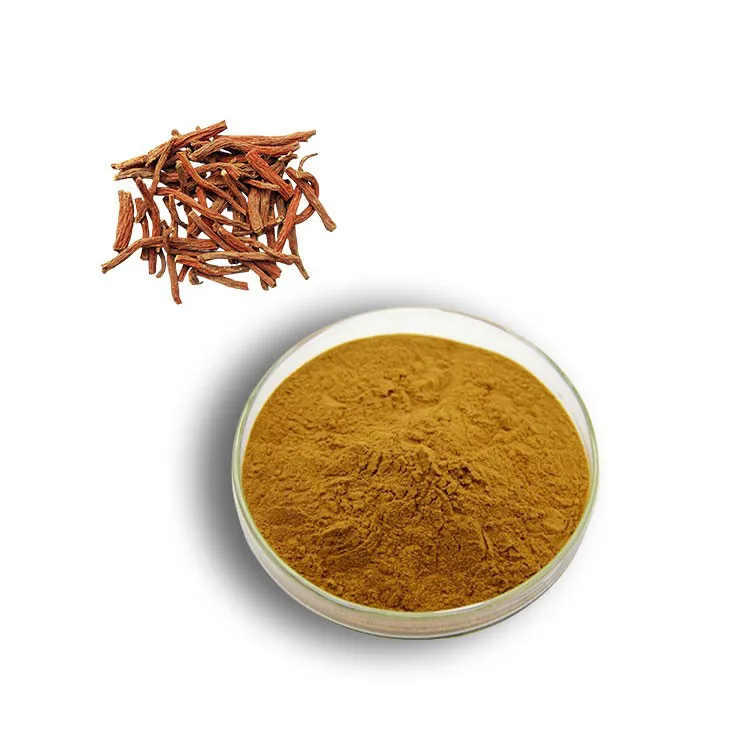- 0086-571-85302990
- sales@greenskybio.com
Can I take red yeast rice instead of a statin?
2025-09-27

High cholesterol is a significant risk factor for cardiovascular disease, including heart attack and stroke. Statins—medications that reduce cholesterol production by inhibiting the hepatic enzyme HMG-CoA reductase—are the gold standard in lowering LDL (“bad”) cholesterol and reducing cardiovascular risk. However, as concerns about prescription drug side effects and the desire for “natural” alternatives grow, more people are exploring red yeast rice as a replacement or adjunct to statins. This article explores whether you can safely and effectively take red yeast rice instead of a statin by examining the mechanism of action, the evidence for cholesterol lowering, safety and regulation concerns, and best practices for decision-making.
Understanding Statins: Mechanism and Evidence
Statins, including medications like atorvastatin, simvastatin, and rosuvastatin, work by blocking HMG-CoA reductase, the rate-limiting enzyme in cholesterol biosynthesis in the liver. Decades of rigorous research confirm that statins are highly effective in reducing LDL cholesterol, modestly increasing HDL cholesterol, reducing triglycerides, and most importantly, lowering the risk of heart attacks, strokes, and cardiovascular death.
Statins are prescribed for individuals with established cardiovascular disease, those at high risk (such as diabetics), and people with persistently high cholesterol unresponsive to lifestyle modification. Side effects can include muscle aches, liver enzyme elevation, and rarely, serious muscle injury (rhabdomyolysis). Most people tolerate statins well, but some discontinue them due to side effects or prefer non-prescription options.
Red Yeast Rice: What Is It and How Does It Work?
Red yeast rice is a traditional Chinese medicinal and food product, made by culturing white rice with the yeast Monascus purpureus. During fermentation, the rice develops a reddish hue and produces several bioactive compounds, including monacolins. The most notable is monacolin K, which is chemically identical to lovastatin, a prescription statin.
Red yeast rice contains additional compounds, like sterols, isoflavones, and monounsaturated fatty acids, which may contribute to cardiovascular effects. Supplements sold in pharmacies and health stores standardize monacolin content, usually ranging from 2.5 mg to 10 mg per daily dose, though potency can vary greatly.
Comparative Effectiveness: Red Yeast Rice vs. Statins
Cholesterol Lowering Effects
Clinical trials and meta-analyses show that red yeast rice can significantly lower LDL cholesterol, sometimes by 15–25%, approaching the effects of low-dose prescription statins. In several studies:
Red yeast rice reduced LDL cholesterol by an average of 1.8–2.0 mmol/L (about 16–22%) in individuals with mildly to moderately elevated cholesterol.
Triglycerides and total cholesterol also fell modestly; HDL cholesterol increases were minimal.
The cholesterol-lowering power of red yeast rice depends on monacolin K content and bioavailability. Because monacolin K is chemically identical to lovastatin, red yeast rice exerts similar cholesterol-reducing mechanisms.
Cardiovascular Outcomes
Unlike statins, large-scale clinical trials directly linking red yeast rice use to lower rates of heart attacks, strokes, or overall mortality are limited. However, one Chinese study found that patients who took red yeast rice experienced significantly fewer recurring major cardiac events versus placebo over several years. Evidence outside East Asia remains limited, and most doctors rely on statins for proven risk reduction.
Safety and Regulation: Important Differences
Prescription Statins:
Are strictly regulated by health authorities for purity, potency, and safety.
Require monitoring of liver enzymes and screening for drug interactions.
Have well-known side effects, contraindications, and evidence-based dosing.
Red Yeast Rice Supplements:
Are classified as dietary supplements, not medicines, in most countries, so oversight of potency, purity, and contamination is inconsistent.
Monacolin levels may vary widely—some products contain little active compound, while others contain amounts similar to prescription statins.
Some remnant fermentation products like citrinin (a nephrotoxin) may contaminate poorly manufactured preparations.
Supplements may not be suitable for people with liver disease, pregnancy, active muscle disorders, or those on other cholesterol-lowering therapies.
Side Effects
Because monacolin K is structurally identical to lovastatin, red yeast rice may produce similar side effects:
Muscle aches and weakness (myalgia)
Elevated liver enzymes
Rare cases of rhabdomyolysis (severe muscle injury)
Gastrointestinal symptoms
The risk may increase if combined with other statins or certain medicines (e.g., CYP3A4 inhibitors like some antibiotics or antifungals).
Legal Issues and Quality Control
In some jurisdictions, red yeast rice products standardized for high monacolin content are banned or restricted, considered unlicensed drug formulations rather than supplements. In the US, products containing significant levels of monacolin K cannot legally be sold as dietary supplements.
The lack of consistency in manufacturing also means consumers may unknowingly take ineffective or excessively potent doses, risking adverse effects or inadequate cholesterol management.
Who Might Consider Red Yeast Rice?
Red yeast rice may be considered in limited circumstances:
Adults with elevated cholesterol and low overall cardiovascular risk who prefer natural solutions or cannot tolerate prescription statins.
Individuals willing to take supplements with medical oversight, regular blood tests, and knowledge of possible risks.
Those who want incremental benefits alongside dietary and lifestyle interventions (e.g., Mediterranean diet, exercise).
It is NOT recommended for:
Individuals with established heart disease, diabetes, or very high cholesterol.
Pregnant or breastfeeding women.
Children and adolescents.
People taking other cholesterol-lowering medications, unless supervised by a healthcare provider.
Best Practices and Medical Advice
If you are considering red yeast rice as a statin alternative, keep these crucial practices in mind:
Consult Your Healthcare Provider: Never stop prescription statins or start supplements without discussing with your doctor. Together, review your total risk, family history, cholesterol levels, and medication side effects.
Choose Quality Supplements: Opt for brands that publish third-party testing data on monacolin K content and guarantee minimal citrinin contamination.
Monitor Blood Work: Check cholesterol, liver function, and, potentially, muscle enzyme levels before starting and regularly throughout use.
Be Alert for Interactions and Side Effects: Report any muscle pain, weakness, or dark urine immediately. Review all medications and supplements for drug interactions.
Prioritize Lifestyle Changes: Red yeast rice works best with sustainable lifestyle modifications: weight management, a heart-healthy diet, exercise, and smoking cessation.
Stay Informed on Regulations: Be aware that products may be reformulated, discontinued, or subject to recall depending on local laws.
Conclusion:
Red yeast rice offers a natural statin-like compound that can significantly lower LDL cholesterol for some individuals, particularly those unable to tolerate statins or who prefer alternative treatments. For mild to moderate elevations in cholesterol—and in low-risk populations—red yeast rice may be a useful adjunct, provided it is chosen and used safely, with medical guidance.
However, for people with high cardiovascular risk, history of heart disease, diabetes, or highly elevated cholesterol, prescription statins are recommended due to their proven efficacy, rigorous safety oversight, and benefits in preventing heart attack and stroke. Red yeast rice cannot be regarded as an equal replacement in these cases.
Ultimately, cholesterol management should be individualized. If considering red yeast rice, ensure consistent quality, ongoing medical supervision, and integration within broader lifestyle changes for optimal heart health. Responsible, informed choices will help balance the desire for natural alternatives with the need for effective, evidence-based care.
Green Sky Bio provides the best extracts and supplements. It is a Chinese self-developed brand that is trustworthy! Welcome to email us to inquire about our products.
- ▶ Hesperidin
- ▶ Citrus Bioflavonoids
- ▶ Plant Extract
- ▶ lycopene
- ▶ Diosmin
- ▶ Grape seed extract
- ▶ Sea buckthorn Juice Powder
- ▶ Fruit Juice Powder
- ▶ Hops Extract
- ▶ Artichoke Extract
- ▶ Mushroom extract
- ▶ Astaxanthin
- ▶ Green Tea Extract
- ▶ Curcumin
- ▶ Horse Chestnut Extract
- ▶ Other Product
- ▶ Boswellia Serrata Extract
- ▶ Resveratrol
- ▶ Marigold Extract
- ▶ Grape Leaf Extract
- ▶ New Product
- ▶ Aminolevulinic acid
- ▶ Cranberry Extract
- ▶ Red Yeast Rice
- ▶ Red Wine Extract
-
Phellodendron Extract
2025-09-27
-
Sugarcane Extract
2025-09-27
-
Marigold Extract
2025-09-27
-
Chasteberry Extract
2025-09-27
-
Black Rice Extract
2025-09-27
-
Berberis aristata Extract
2025-09-27
-
Hawthorn powder
2025-09-27
-
Shikonin
2025-09-27
-
Thunder God Vine Extract
2025-09-27
-
Dan Shen Root Extract/Salvia Root Extract
2025-09-27











